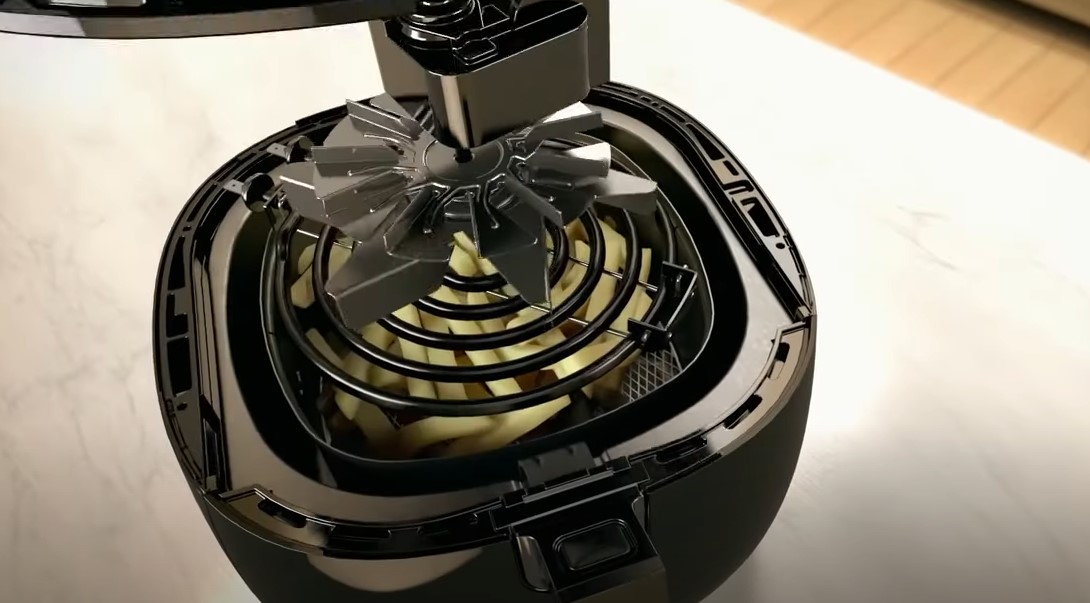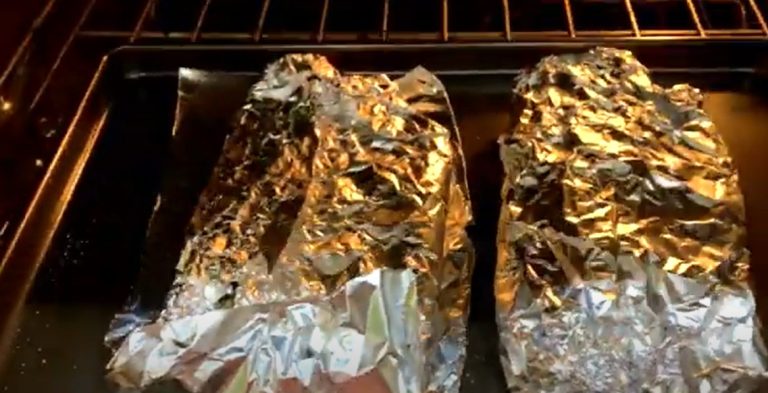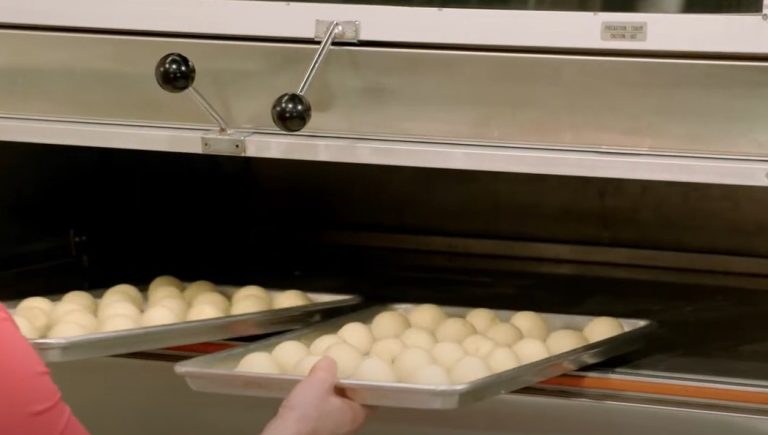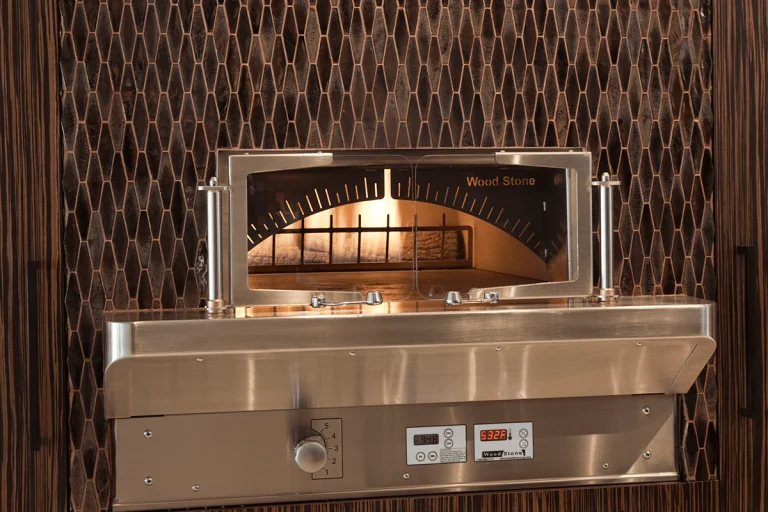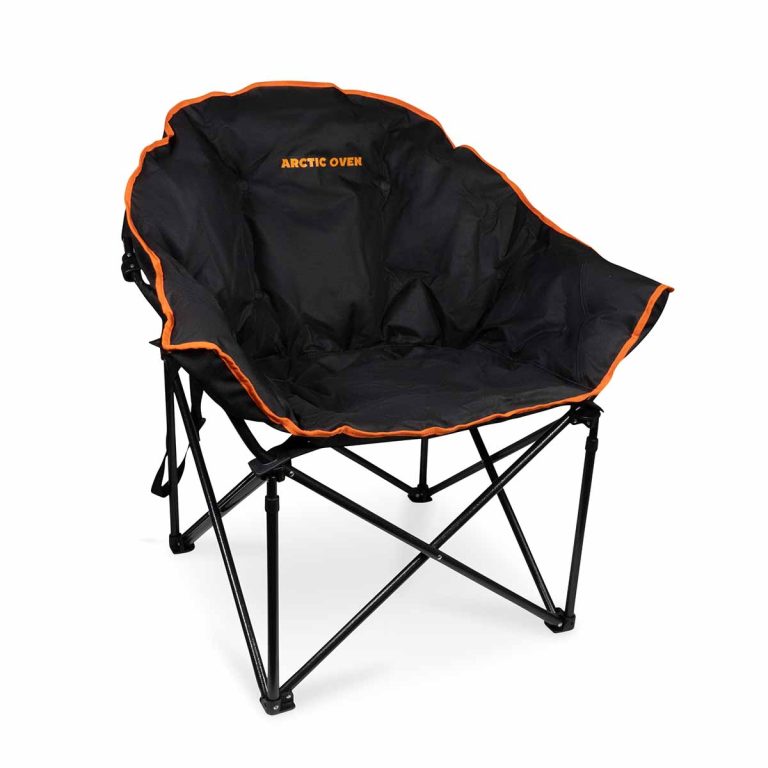Average Wattage of an Oven: Discover Energy Insights
Ever wondered how much electricity your oven really uses? The average wattage of an oven might surprise you.
It’s more than just a number on your energy bill; it’s a key factor in your kitchen’s efficiency and your monthly expenses. Understanding this can help you make smarter choices, whether you’re baking a cake or roasting a chicken. We’ll break down the essentials of oven wattage and why it matters to you.
By the end, you’ll have the insight you need to save energy and money. Curious to learn more? Let’s dive in and demystify your oven’s power consumption.
Average Wattage of an Oven
Basics Of Oven Wattage
Understanding the basics of oven wattage can help you choose the right appliance for your kitchen. Wattage determines the oven’s power and efficiency. It affects cooking speed and energy consumption. Knowing this helps you make informed choices.
What Is Wattage?
Wattage measures electrical power used by an oven. Higher wattage means faster cooking. Most ovens range between 1000 to 5000 watts. This varies with size and type.
Types Of Ovens And Their Wattage
Different ovens have different wattage. A microwave oven uses less than a conventional oven. Convection ovens often have higher wattage. This improves cooking efficiency.
Impact Of Wattage On Cooking
Wattage influences cooking speed. Higher wattage heats up faster. This reduces cooking time. Lower wattage may take longer but saves energy.
Energy Efficiency And Wattage
Energy-efficient ovens use less wattage. This saves money on electricity bills. Look for ovens with good energy ratings.
Choosing The Right Wattage For Your Needs
Consider your cooking habits. Frequent cooking may need higher wattage. Occasional use might require less wattage. Balance between speed and energy savings is key.

Credit: homeoutletdirect.com
Factors Influencing Wattage
Oven wattage varies based on size, type, and features. Smaller ovens usually use less power. More features might increase wattage.
Understanding the average wattage of an oven is crucial for energy efficiency and effective cooking. However, several factors can influence an oven’s wattage. By being aware of these factors, you can make more informed decisions about your kitchen appliances, potentially saving money and energy. Let’s dive into what affects the wattage of an oven.
Oven Type
The type of oven you choose can significantly impact wattage. Conventional ovens, which use radiant heat, typically have different wattage requirements compared to convection ovens that use a fan to circulate air. A conventional oven might use around 3000 watts, while a convection oven could use slightly less due to its efficiency.
Size Of The Oven
Size matters when it comes to wattage. Larger ovens generally require more power to heat up and maintain temperature. A compact oven might only need 1500 watts, whereas a large, family-sized oven could use upwards of 4000 watts. Think about your cooking needs and the space in your kitchen when selecting an oven size.
Temperature Settings
The temperature settings you use directly affect the wattage. Higher temperatures demand more power. Cooking a meal at 450°F will use more wattage than baking at 350°F. Consider if you frequently cook at high temperatures or low ones. This could guide you to a more energy-efficient choice.
Features And Functions
Modern ovens come with a variety of features like self-cleaning, fast preheat, and smart controls. While these functions add convenience, they also influence wattage. Self-cleaning cycles, for instance, use a lot of energy, sometimes doubling the oven’s normal wattage. Evaluate which features are must-haves and which ones you can do without.
Age And Maintenance
An oven’s age can impact its efficiency and wattage. Older models may not be as energy-efficient as newer ones. Regular maintenance, such as cleaning and checking for faulty parts, can also affect how much energy an oven uses. Is your oven in good condition, or is it time for an upgrade? Understanding these factors can empower you to make smarter choices. Whether you’re buying a new oven or optimizing your current one, being wattage-wise can lead to better cooking experiences and energy savings. What will you consider next time you use or purchase an oven?
Comparing Different Oven Types
Exploring oven types reveals average wattage differences. Electric ovens typically range from 2,500 to 5,000 watts. Gas ovens consume less energy, generally around 2,500 watts, offering efficiency. Understanding wattage aids in selecting the right oven for your needs.
When shopping for an oven, understanding its average wattage is crucial. Various types of ovens exist, each with its own power consumption. Knowing the wattage can help you make an informed decision. It can impact your energy bills and cooking efficiency. Let’s dive into how different ovens compare in terms of their average wattage.
Electric Ovens
Electric ovens are popular for their even cooking capabilities. They typically consume between 2,000 to 5,000 watts. This range depends on the size and model. A friend once mentioned how her electric oven’s high wattage cut her cooking time in half. It made her family dinners quicker and more efficient. Have you noticed a difference in your energy bill when using an electric oven?
Gas Ovens
Gas ovens, on the other hand, are known for their lower wattage usage. They usually use around 1,200 watts. This is because gas ovens rely more on gas than electricity. My uncle prefers gas ovens due to their energy efficiency. He believes they offer a more authentic flavor to his baked dishes. Do you think the taste varies with the type of oven?
Convection Ovens
Convection ovens use a fan to circulate hot air, cooking food faster. They consume around 2,500 to 5,000 watts. Despite the higher wattage, they can be more energy-efficient. This is because they reduce cooking time. A colleague once shared her love for convection ovens due to their quick preheating. Have you ever tried one?
Microwave Ovens
Microwave ovens are a staple in most kitchens. They generally consume between 600 to 1,200 watts. They are perfect for quick meals or reheating leftovers. My microwave has been a lifesaver on busy weeknights. It’s efficient and doesn’t use much electricity. How often do you rely on your microwave for a quick fix?
Toaster Ovens
Toaster ovens are compact and energy-efficient. They use between 1,200 to 1,800 watts. Ideal for small meals or snacks, they heat up quickly. My neighbor swears by her toaster oven for making crispy toast and mini pizzas. It’s convenient and doesn’t heat up the whole kitchen. Have you considered the versatility of a toaster oven? Choosing the right oven depends on your cooking habits and energy concerns. Each oven type has its strengths and drawbacks. It’s essential to weigh these factors based on your needs. Which oven type suits your lifestyle best?

Credit: nrgcleanpower.com
Energy Efficiency Tips
Understanding the energy efficiency of your oven can save you money. It also helps in reducing your carbon footprint. Many ovens use a lot of electricity. Knowing how to use them efficiently is crucial. Here are some helpful tips to make your oven more energy-efficient.
Choose The Right Size For Your Needs
Ovens come in various sizes. A bigger oven uses more energy. If you cook small meals, choose a smaller oven. It will consume less electricity.
Use The Right Cookware
Proper cookware can impact energy usage. Use glass or ceramic dishes. They hold heat better and reduce cooking time. This leads to less energy use.
Preheat Only When Necessary
Preheating uses extra energy. Avoid it unless the recipe demands it. Most foods can cook without preheating. This can save significant power over time.
Keep The Oven Door Closed
Every time you open the oven, heat escapes. The oven then uses more energy to heat up again. Use the oven light to check food.
Regular Maintenance
Keep your oven clean and well-maintained. A clean oven works more efficiently. Check seals and replace them if needed. This prevents heat loss and ensures even cooking.
Take Advantage Of Residual Heat
Turn off the oven a few minutes before the cooking time ends. The remaining heat will finish cooking the food. This saves energy.
Calculating Energy Costs
Understanding the energy costs of your oven helps manage your budget. Knowing the average wattage of your appliance is essential. By calculating energy costs, you can make informed decisions.
How To Calculate Oven Energy Costs
Calculating oven energy costs starts with knowing its wattage. Most ovens have a wattage between 1000 and 5000 watts. Check your oven’s manual or label to find the exact number.
Once you have the wattage, determine how long the oven runs each day. Multiply the wattage by the hours of use. This gives the total watt-hours consumed daily.
Converting Watt-hours To Kilowatt-hours
Electricity bills measure energy in kilowatt-hours (kWh). To convert watt-hours to kWh, divide by 1000. For example, 3000 watt-hours equals 3 kWh.
Calculating The Cost Of Oven Usage
Find the cost per kWh from your electricity bill. Multiply the kWh used by the cost per kWh. This gives the daily cost of using your oven.
Understanding these costs helps you save money. You can choose energy-efficient cooking methods.
)
Credit: www.energysage.com
Frequently Asked Questions
What Is The Wattage Of A Standard Oven?
A standard oven typically uses 1,000 to 5,000 watts. Most ovens average around 2,400 watts. The wattage can vary based on the model and features. Always check the manufacturer’s specifications for exact details.
Is 1500 Watts A Lot For An Oven?
A 1500-watt oven is considered standard for small to medium-sized ovens. It efficiently cooks most dishes. Energy usage depends on cooking time and frequency. For larger or commercial ovens, higher wattage is common. Always check the appliance’s specifications for optimal performance.
How Many Watts Does An Oven Use At 350 Degrees?
An oven typically uses 2000-5000 watts at 350 degrees Fahrenheit. The exact wattage depends on the oven’s size and model. Check the manufacturer’s specifications for precise details. Efficient usage can help save energy and reduce costs. Regular maintenance ensures optimal performance and energy efficiency.
Conclusion
Understanding oven wattage helps you use your appliance wisely. It guides you to save energy and money over time. Ovens differ in wattage, affecting cooking speed and efficiency. Check the manual for your oven’s wattage. This ensures you use the right settings for your meals.
It’s good to know average wattage for better cooking results. Use this knowledge to optimize your kitchen routine. Efficient energy use benefits everyone. Make informed choices with your oven. Enjoy delicious dishes while conserving energy. Remember, every oven is unique.
Read More
- Bacon Wrapped Chicken Strips Oven: Crispy Delight Recipe
- Arctic Oven Chair: Ultimate Comfort for Outdoor Adventures
- Can You Put Brats in the Oven: Delicious Tips & Tricks

Hi there, my name is Kitty Wilson and I am the founder of Globokitchen.com. Professionally, I am a chef and start my cooking journey since 2009. Stay tuned to get splendid cooking tips, ideas, and hacks

